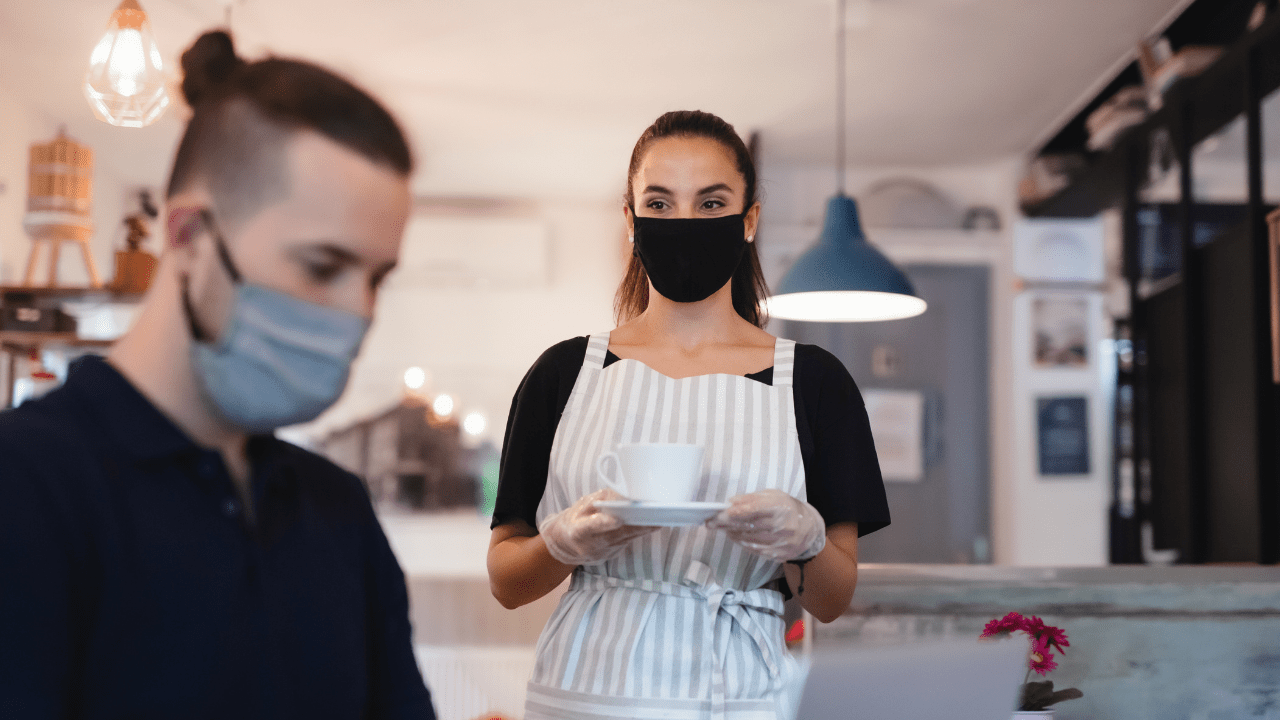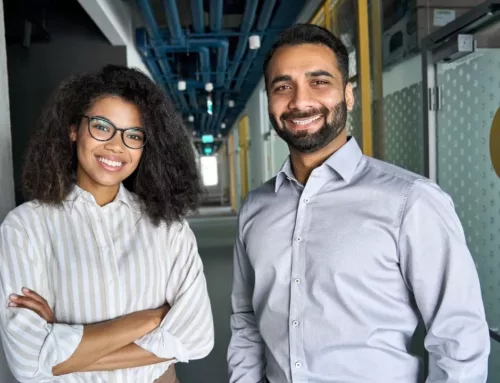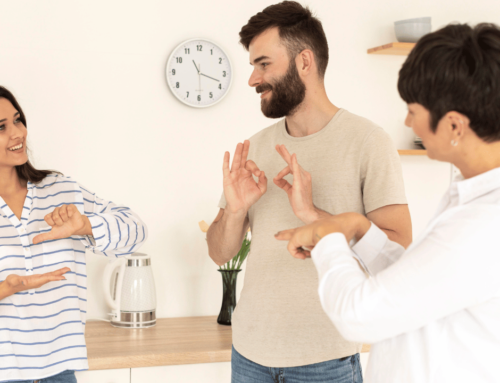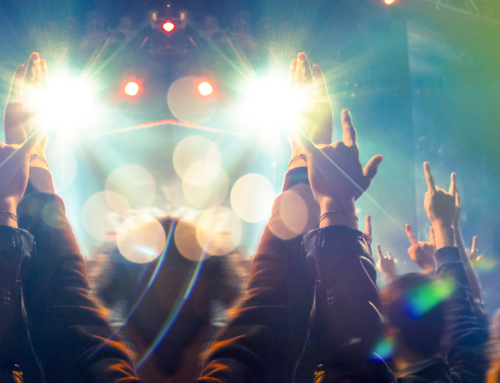It has been over one year since the COVID-19 pandemic emerged and resulted in massive, monumental changes to the way we live our lives. From state-mandated closures to disrupted supply lines, to virtual learning/remote working, and wearing masks in public, no one has been immune to the effects of this pandemic. The worldwide loss of life has been extraordinary and difficult to comprehend. The long-term effects of how COVID-19 will impact those who contracted it and survived are still unknown. There is a surreal sense of time being suspended and a feeling of incredulity that we have passed the one-year mark. This has been, by far, one of the strangest, most difficult years that most of us have ever experienced.
In this year we have learned to go about our lives, masked. We have adjusted to the now-not-so-new norm that is staying home much of the time and seeing our friends and family virtually, rather than in person. We have seen the upheaval and rippling aftereffects of an intense election cycle. We have watched, stunned, as the death rates continue to climb to what were previously thought to be impossible numbers. Yet, after one year, it is also a time where vaccinations are now being offered and there is, perhaps, growing optimism that normalcy is on the horizon. Hope begins to flicker its still-modest flame.
Deaf and hard of hearing people, just like their hearing counterparts, have adjusted to living in a masked pandemic world. Unlike their hearing counterparts, it has not gotten easier. Life, pre-pandemic, was filled with communication challenges. Life during this pandemic has rendered communication with hearing people nearly impossible behind masks. Previous techniques and coping skills used to mitigate communication snafus and cultural challenges with hearing people (mostly) no longer apply. In the absence of facial expressions, the inability to communicate is compounded exponentially. It was never solely (if even at all) about being able to lipread. Context, expression, emotion, connection- all of these things were made possible by face-to-face contact. Eye contact, alone, has been wildly insufficient to communicate such nonverbal nuances of communication.
There are some silver linings, some of which are minuscule and others which suggest a large cultural shift is taking place, for the better.
- Perhaps for the first time, wide swaths of hearing people are tuned in to the reality that communication behind masks is hard. Communication behind masks is difficult for everyone in two specific ways: sounds are muffled and the inability to see below the eyes creates a disconnect from connection and contextual information. Hearing people are struggling too, not just deaf people. And they are struggling in ways that help them become aware and empathetic to communication challenges for deaf and hard of hearing people.
- The invention and/or usage of communication tools such as masks that are see-through have indeed been helpful. Such masks have still not gained widespread usage by the general public, however, there is a tremendous benefit in advocating for their usage. One of the benefits of this is the realization that such tools aren’t solely beneficial for deaf and hard of hearing users, they benefit everyone. This awareness also helps businesses recognize that efforts to increase access go well helping just a few and improves the customer experience for everyone.
- Deaf people and sign language interpreters have received more attention due to the usage of sign language interpreters in the media by public officials, including state governors and the White House. Now it is normal for hearing people, with no affiliation with deaf people or sign language themselves, to ask and wonder why no interpreter is being provided when an interpreter is absent. This is an incredible shift. Deaf and hard of hearing people are experiencing that their requests for interpreters have now entered mainstream awareness of society being both normalized by hearing people and, even more importantly, supported.
- Online meeting spaces and platforms have increased their accessibility by providing auto-captions/live captioning options for their users, benefiting hearing and deaf people alike. Following suit, social media platforms are also increasing accessibility options and some high-profile social media influencers are taking note and are ensuring their content is accessible.
- The proliferation of remote-learning and working virtually has normalized non-verbal communication such as texts, emails, and other software-based project management tools that rely on visuals and file-sharing. This shift towards non-verbal communication has been a boon for deaf people who have long advocated for alternatives to verbal communication.
This is a pivotal time for deaf and hard of hearing people. It is a time where capitalizing and using this elevated awareness, combined with an increase in universally accessible tools and ways of doing things, can be leveraged to create even more positive and lasting changes. There are concrete things you can do, to further this change. At deaffriendly CONSULTING we appreciate ALL efforts you take to ensure your business and services are accessible to deaf and hard of hearing consumers.
Change is hard. Sustainable, lasting change is even harder. Now, more than ever, it’s time to make sure that this world, masked or not, is deaf-friendly for all of us. Together, today, help us to create a more deaf-friendly world.
Ready to get started? Take our Deaf-Friendly Basics course and in one hour or less, you’ll learn to be more inclusive to 12% of the US population. 





